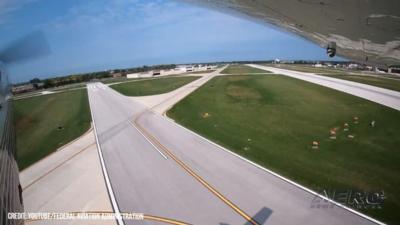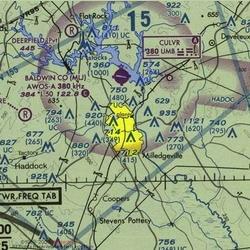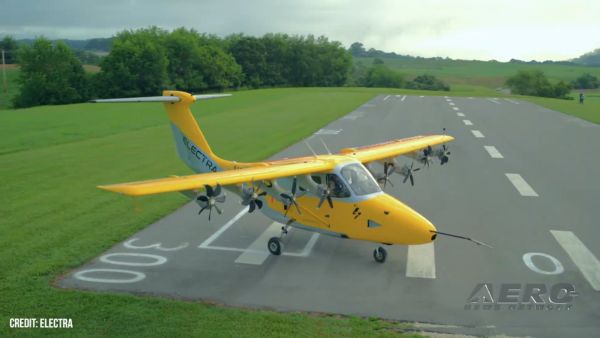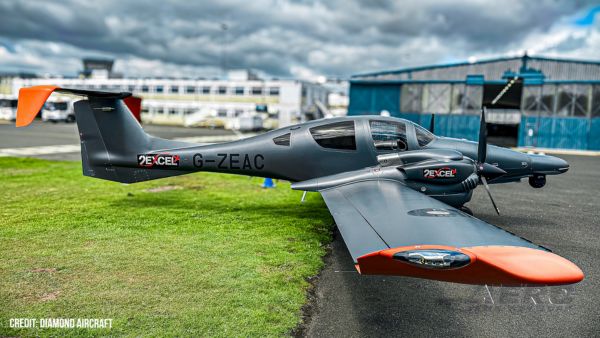Thu, Jul 06, 2023
Advertisement
More News
 NTSB Final Report: Stinson 108
NTSB Final Report: Stinson 108
Contributing To The Accident Was (Pilot's) Impairment From The Effects Of Alcohol Consumption Analysis: The pilot departed an unknown airstrip and made an emergency landing at a US>[...]
 ANN's Daily Aero-Linx (08.17.25)
ANN's Daily Aero-Linx (08.17.25)
Aero Linx: B-17 Alliance Foundation Serving as a service station canopy in Milwaukie, Oregon for over 67 years, the WWII B-17G Flying Fortress now known as the “Lacey Lady&rd>[...]
 Aero-News: Quote of the Day (08.17.25)
Aero-News: Quote of the Day (08.17.25)
“The Unlimited Class is one of our most iconic, so we are obviously disappointed. While they won’t be able to join us for our inaugural year in Roswell, we look forward>[...]
 ANN's Daily Aero-Term (08.17.25): Outer Fix
ANN's Daily Aero-Term (08.17.25): Outer Fix
Outer Fix A general term used within ATC to describe fixes in the terminal area, other than the final approach fix. Aircraft are normally cleared to these fixes by an Air Route Tra>[...]
 Airborne Affordable Flyers 08.14.25: Affordable Flying Expo, RV15 Kit, Spirit V2
Airborne Affordable Flyers 08.14.25: Affordable Flying Expo, RV15 Kit, Spirit V2
Also: iFly EFB, World Skydiving Day, Air Avionics, Two New CubCrafters Kits After a master strategy meeting this past week on the grounds of the Sun n Fun Aerospace Expo campus, de>[...]
blog comments powered by Disqus





